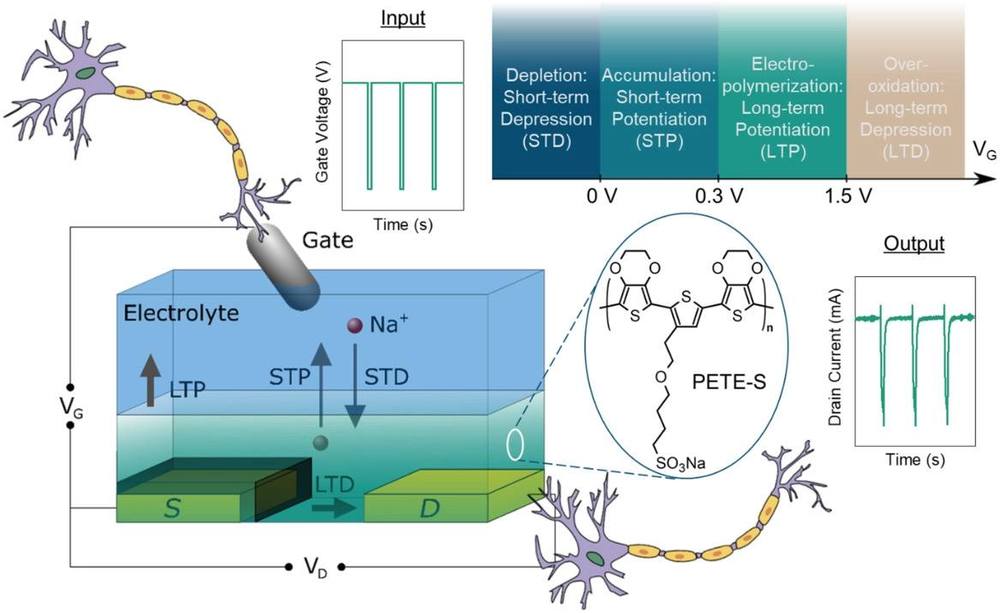Feb 5, 2019
New invisibility cloak hides tiny three-dimensional objects of any shape
Posted by Quinn Sena in category: computing
Circa 2015
Scientists at UC Berkeley have developed a foldable, incredibly thin invisibility cloak that can wrap around microscopic objects of any shape and make them undetectable in the visible spectrum. In its current form, the technology could be useful in optical computing or in shrouding secret microelectronic components from prying eyes, but according to the researchers involved, it could also be scaled up in size with relative ease.

















